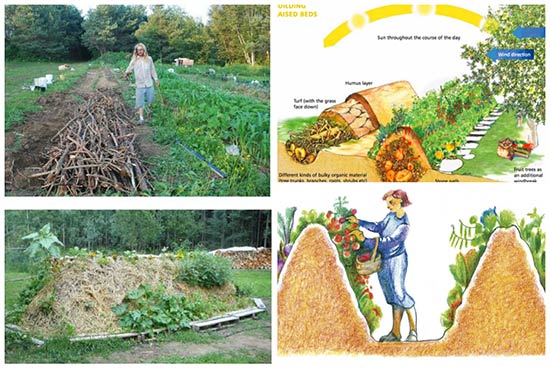Hugelkultur – The Ultimate Raised Garden Beds

Make sure to like Living Green and Frugally on Facebook, Shop at Amazon to help support my site and explore our PINTEREST BOARDS for innovative ways you can become self-sufficient.
hugelkultur raised garden beds in a nutshell:
- grow a typical garden without irrigation or fertilization has been demonstrated to work in deserts as well as backyards use up rotting wood, twigs, branches and even whole trees that would otherwise go to the dump or be burned it is pretty much nothing more than buried wood can be flush with the ground, although raised garden beds are typically better
- can start small, and be added to later
- can always be small – although bigger is better
- You can save the world from global warming by doing carbon sequestration in your own back yard!
- perfect for places that have had trees blown over by storms
- can help end world hunger
- give a gift to your future self
So now that you’ve read the benefits and challenges of hugelkultur, want to know how to build one? It’s pretty easy. The basic steps can be read by following the link below.
Hugelkultur – The Ultimate Raised Garden Beds